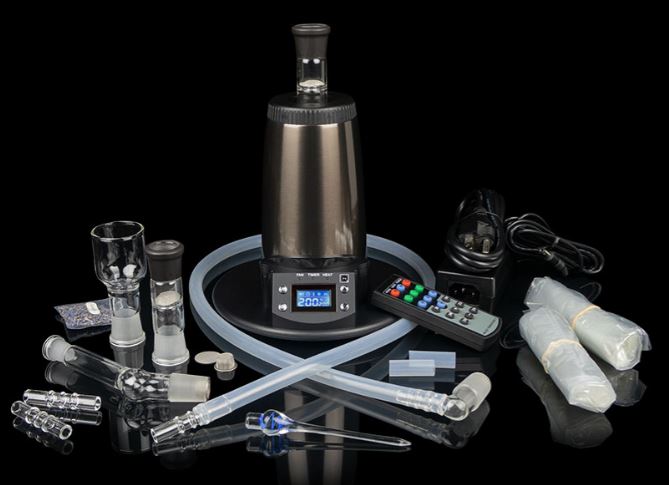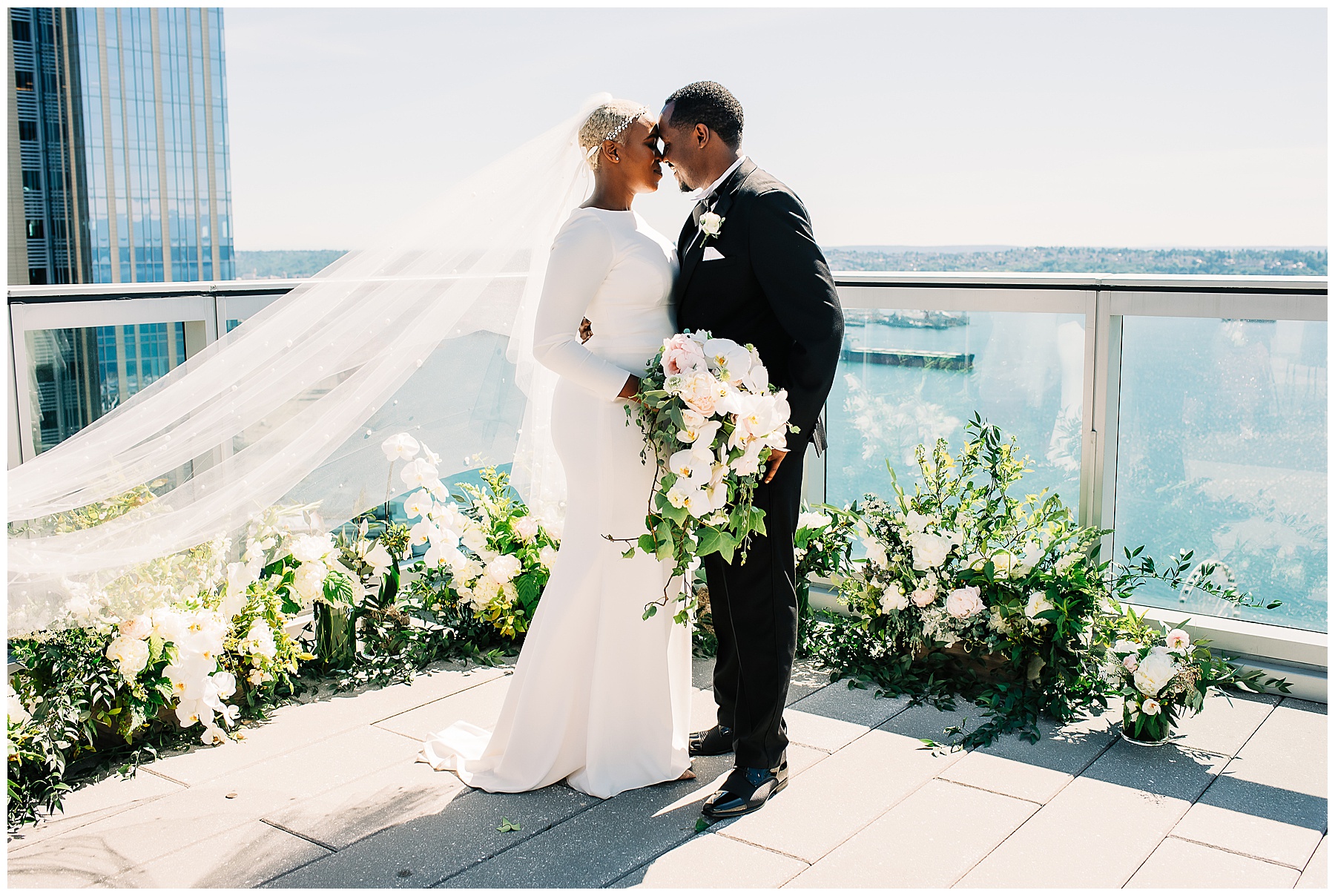Have you ever wondered what it takes to design glass bottles that not only look stunning but are also functional and practical? Whether you’re working on a product line, a special event, or even a personal DIY project, designing a glass bottle is an exciting way to get creative while meeting your specific needs. From choosing the right shape to branding and finishing touches, there’s so much you can do to make your bottle stand out.
In this post, we’ll walk through actionable tips, common mistakes to avoid, and the benefits of designing custom glass bottles. Whether you’re designing for a business or for personal use, these steps will guide you to create bottles that are both beautiful and functional.
Why Custom-Designed Glass Bottles Matter
At first glance, you might think a glass bottle is just a simple container, but in reality, the design plays a huge role in how a product is perceived. Imagine a luxury perfume with a plain bottle — it just doesn’t have the same impact, right? A well-designed glass bottle adds value, reflects the brand, and serves its purpose effectively.
Here’s why designing glass bottles is essential:
- Brand Representation: If you’re a business owner, your bottle design is an extension of your brand. A great design helps build recognition and trust.
- User Experience: The design impacts how easy it is to use the bottle. A well-designed bottle should be functional and enhance the experience of the user, whether it’s easy to hold, pour, or store.
- Aesthetic Appeal: Let’s face it — we all appreciate beautiful things! A thoughtfully designed glass bottle can attract customers, serve as a gift, or become a keepsake.
Actionable Tips for Designing Glass Bottles
Now that you understand the importance of design, let’s get into the practical steps. Whether you’re a small business looking to package products or someone who loves DIY projects, here are some tips to help you design glass bottles that meet your needs and impress everyone.
1. Identify Your Purpose
Before you start designing, it’s important to clarify the purpose of the glass bottle. Are you designing it for commercial use, such as for perfume, oils, or beverages? Or is it for a personal project like homemade skincare products or wedding favors? Understanding the purpose will help guide every design decision you make.
For example:
- A wine bottle design might focus on elegance and easy pouring.
- A shampoo bottle design should focus on grip and easy dispensing.
2. Choose the Right Glass Type
There are different types of glass used in bottle-making, each with its own benefits. Here are some popular options to consider:
- Clear Glass: Ideal for products where you want the contents to be visible, like juices or scented oils. Clear glass creates a clean, modern look.
- Amber Glass: Protects against UV light and is perfect for products like essential oils or beverages that degrade with sunlight exposure.
- Frosted Glass: Adds a luxurious, premium feel to the bottle and is often used for high-end products like perfumes or cosmetics.
Selecting the right type of glass is crucial to ensure the longevity and safety of your product while also adding to its visual appeal.
3. Get Creative with the Shape
One of the most exciting parts of designing glass bottles is choosing the shape. There are endless possibilities — from classic cylindrical shapes to modern, geometric designs. When deciding on the shape, think about both aesthetics and practicality.
For example:
- A tall, slender bottle may look elegant for a perfume but may not be the best choice for a sauce or condiment, where stability is key.
- A rounded, stout bottle might be easier to grip and is ideal for products like lotions or drinks.
It’s important to balance beauty with functionality. Make sure the design works well for the intended use.
4. Consider Labeling and Branding
Once you have your glass bottle’s shape and type figured out, the next step is branding. This is especially important for businesses that want to use the bottle as a branding tool. The way you add your logo, product name, or other branding elements can make a significant difference.
There are several ways to incorporate your brand into a glass bottle:
- Printed Labels: These are the most common and can be customized with color, font, and imagery to reflect your brand.
- Embossing: This involves engraving the glass itself, creating a more permanent and luxurious feel.
- Etching: Etching adds a subtle, sophisticated touch to glass bottles and works well for high-end products.
The key is to ensure that your branding aligns with the overall look of the bottle while being practical and easy to read.
5. Don’t Forget About the Cap
The bottle’s design doesn’t end with the glass! The cap or closure is just as important. There are plenty of options to choose from, depending on your needs:
- Cork Stoppers: Perfect for wine, spirits, or artisanal products.
- Screw Caps: A practical option for everyday use, great for beverages and cosmetics.
- Metal or Plastic Lids: These can be customized to match the bottle’s design and are often used for jars and condiment bottles.
Make sure the cap complements the overall design and is functional, ensuring a good seal to protect the contents.
6. Test for Durability and Functionality
Before going into full production or using your custom-designed glass bottles, it’s important to test them. Consider the following:
- Is the glass durable enough for its purpose? A fragile design may break easily during shipping or handling.
- Is the bottle easy to use? Test the bottle by filling it with liquid or the intended product to ensure it’s easy to pour, handle, or dispense.
- Does the cap fit securely? A well-designed bottle should be leak-proof.
Benefits of Designing Your Own Glass Bottles
Why go through all the effort to design glass bottles? Here are some of the key benefits:
1. Uniqueness
When you design glass bottles, you get something unique that no one else has. Whether it’s for a commercial product or a personal gift, custom designs ensure that you stand out.
2. Brand Consistency
For businesses, custom-designed bottles create consistency across your product line. It helps to build brand recognition, and customers can quickly identify your products by their unique bottle shapes or designs.
3. Sustainability
Glass is one of the most sustainable packaging options. It’s recyclable and reusable, which makes it an eco-friendly choice. When you design a beautiful glass bottle, people are more likely to reuse it rather than throw it away, contributing to sustainability efforts.
Common Mistakes to Avoid When Designing Glass Bottles
Before you get too deep into the design process, here are some common mistakes to avoid:
- Overcomplicating the Design: It’s easy to go overboard with the design, but sometimes less is more. Keep it clean and functional.
- Choosing the Wrong Size: Make sure the size of the bottle aligns with its intended use. A small perfume bottle might work for luxury brands, but for a daily shampoo, it might be too small.
- Ignoring Practicality: Aesthetics are important, but the bottle must also be practical. Ensure that it’s easy to handle, fill, and use.
Final Thoughts
Designing glass bottles can be a fun and rewarding process, whether you’re a business owner looking to create a unique product or an individual with a personal project. With careful planning, attention to detail, and a clear understanding of your goals, you can create bottles that are not only beautiful but also practical and sustainable.


